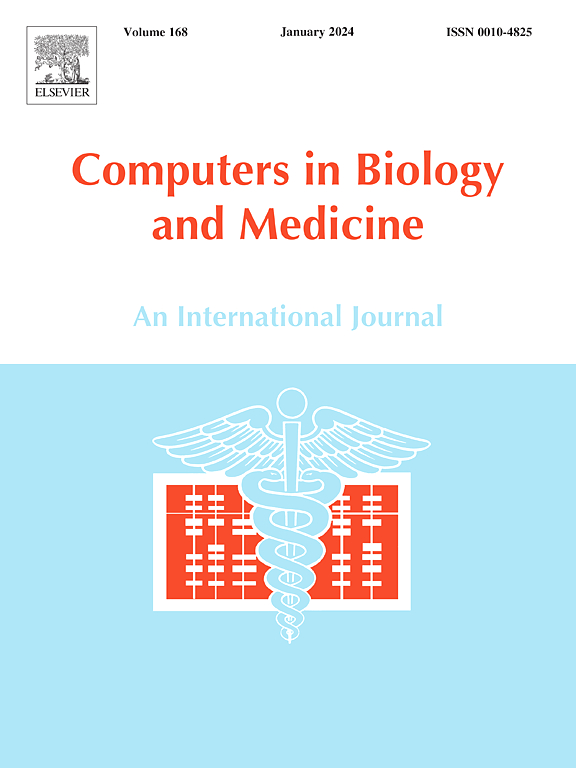基于医疗物联网的终末期疾病预测与检测研究进展
IF 6.3
2区 医学
Q1 BIOLOGY
引用次数: 0
摘要
人工智能(AI)与医疗物联网(IoMT)的集成彻底改变了疾病预测和检测,但数据异构、隐私问题和模型通用性等挑战阻碍了其在医疗保健领域的全部潜力。本文综述了这些挑战,并评估了AI-IoMT技术在预测慢性和终末期疾病(包括心血管疾病、阿尔茨海默病和癌症)方面的有效性。我们分析了一系列机器学习(ML)和深度学习(DL)方法(例如,XGBoost, Random Forest, CNN, LSTM),以及联邦学习,迁移学习和区块链等高级策略,以提高模型鲁棒性,数据安全性和互操作性。研究结果强调,迁移学习和集成方法增强了模型在临床环境中的适应性,而区块链和联邦学习有效地解决了隐私和数据标准化问题。最后,该综述强调了数据协调、安全框架和多疾病模型作为医疗保健领域可扩展、全面的AI-IoMT解决方案的关键研究方向的重要性。本文章由计算机程序翻译,如有差异,请以英文原文为准。

Prediction and detection of terminal diseases using Internet of Medical Things: A review
The integration of Artificial Intelligence (AI) with the Internet of Medical Things (IoMT) has revolutionized disease prediction and detection, but challenges such as data heterogeneity, privacy concerns, and model generalizability hinder its full potential in healthcare. This review examines these challenges and evaluates the effectiveness of AI-IoMT techniques in predicting chronic and terminal diseases, including cardiovascular conditions, Alzheimer’s disease, and cancers. We analyze a range of Machine Learning (ML) and Deep Learning (DL) approaches (e.g., XGBoost, Random Forest, CNN, LSTM), alongside advanced strategies like federated learning, transfer learning, and blockchain, to improve model robustness, data security, and interoperability. Findings highlight that transfer learning and ensemble methods enhance model adaptability across clinical settings, while blockchain and federated learning effectively address privacy and data standardization. Ultimately, the review emphasizes the importance of data harmonization, secure frameworks, and multi-disease models as critical research directions for scalable, comprehensive AI-IoMT solutions in healthcare.
求助全文
通过发布文献求助,成功后即可免费获取论文全文。
去求助
来源期刊

Computers in biology and medicine
工程技术-工程:生物医学
CiteScore
11.70
自引率
10.40%
发文量
1086
审稿时长
74 days
期刊介绍:
Computers in Biology and Medicine is an international forum for sharing groundbreaking advancements in the use of computers in bioscience and medicine. This journal serves as a medium for communicating essential research, instruction, ideas, and information regarding the rapidly evolving field of computer applications in these domains. By encouraging the exchange of knowledge, we aim to facilitate progress and innovation in the utilization of computers in biology and medicine.
 求助内容:
求助内容: 应助结果提醒方式:
应助结果提醒方式:


